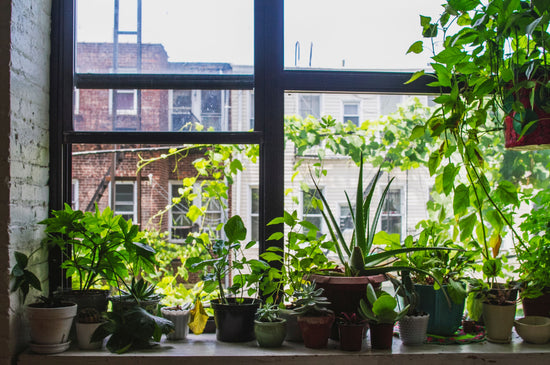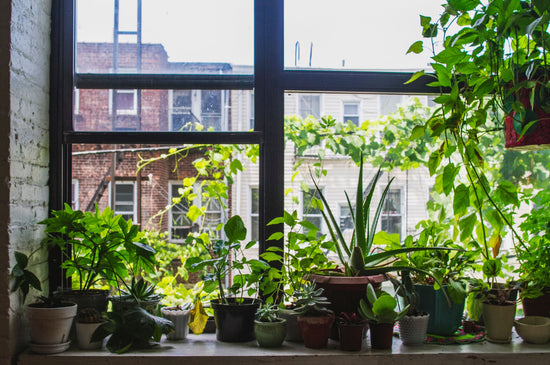Blueberry Plant Care Basics: Grow Sweet Berries in Your Backyard
Blueberries are a delightful addition to any backyard garden, offering a sweet and nutritious harvest season after season. With proper care and the right plant selection, such as the Emerald Blueberry Plant, you can enjoy bountiful blueberries without leaving home. Here’s a comprehensive guide to help you master blueberry plant care.
Choosing the Right Blueberry Variety
Selecting the best variety for your region and garden setup is key to success. Here are a few options:
- Highbush Blueberry: Ideal for cooler climates, offering large, sweet berries.
- Rabbiteye Blueberry: Thrives in southern climates and is heat-tolerant.
- Pink Lemonade Blueberry: A unique option with pink-hued berries.
- Compact Varieties: Perfect for containers, like the Berry Variety Pack.
Planting Blueberry Bushes
Blueberries prefer acidic soil with a pH between 4.5 and 5.5. Before planting, test your soil and make amendments as needed.
- Location: Choose a sunny spot with well-draining soil.
- Spacing: Space bushes 4-6 feet apart to allow room for growth and air circulation.
- Soil Preparation: Mix in peat moss or sulfur to achieve the right acidity.
Watering and Mulching
Blueberries need consistent moisture but don’t tolerate soggy roots. Mulching helps maintain soil moisture and prevent weeds.
- Watering Schedule: Provide 1-2 inches of water per week, increasing during dry spells.
- Mulch Layer: Apply 2-3 inches of mulch such as pine bark or straw around the base of the plant.
Fertilizing Blueberry Plants
Blueberries thrive with fertilizers designed for acid-loving plants. Organic options like composted manure are also beneficial.
- Timing: Fertilize in early spring and mid-summer.
- Avoid Over-Fertilizing: Too much nitrogen can harm the plant.
Pruning for Productivity
Regular pruning promotes healthy growth and larger berries. Focus on removing dead or weak branches.
- When to Prune: Late winter or early spring before new growth starts.
- How to Prune: Remove older wood and low-hanging branches to encourage new shoots.
Pests and Diseases
While relatively low-maintenance, blueberries can attract pests like aphids and birds. Use these strategies:
- Netting: Protect ripening berries from birds.
- Insecticidal Soap: Control aphids and other pests.
- Disease Prevention: Avoid overhead watering to reduce the risk of fungal infections.
Harvesting and Storage
Blueberries are ready to harvest when they turn a deep blue and detach easily from the plant. Pick them over several weeks as they ripen.
- Storage: Store fresh berries in the fridge for up to two weeks.
- Freezing: Freeze for long-term use by spreading them on a baking sheet before transferring to a freezer bag.
FAQs
1. How do I test the soil pH for blueberries?
Use a soil pH testing kit available at garden centers. Adjust the pH using sulfur or peat moss.
2. Can blueberries grow in containers?
Yes, blueberries thrive in containers with proper drainage and acidic potting soil. Consider compact varieties like those in the Patio Fruit Plant Variety Pack.
3. How long does it take for blueberries to produce fruit?
Blueberries usually begin producing fruit in their second or third year, with yields increasing as the plant matures.
4. Do I need to plant more than one blueberry bush for pollination?
Yes, planting at least two different varieties improves pollination and increases fruit yield.
5. What is the best time to plant blueberries?
Early spring or late fall are ideal times for planting blueberries, giving the roots time to establish.
For the best results, start with high-quality plants like the Blueberry Plant 4-Pack. With proper care, your backyard will soon be brimming with sweet, delicious blueberries!





